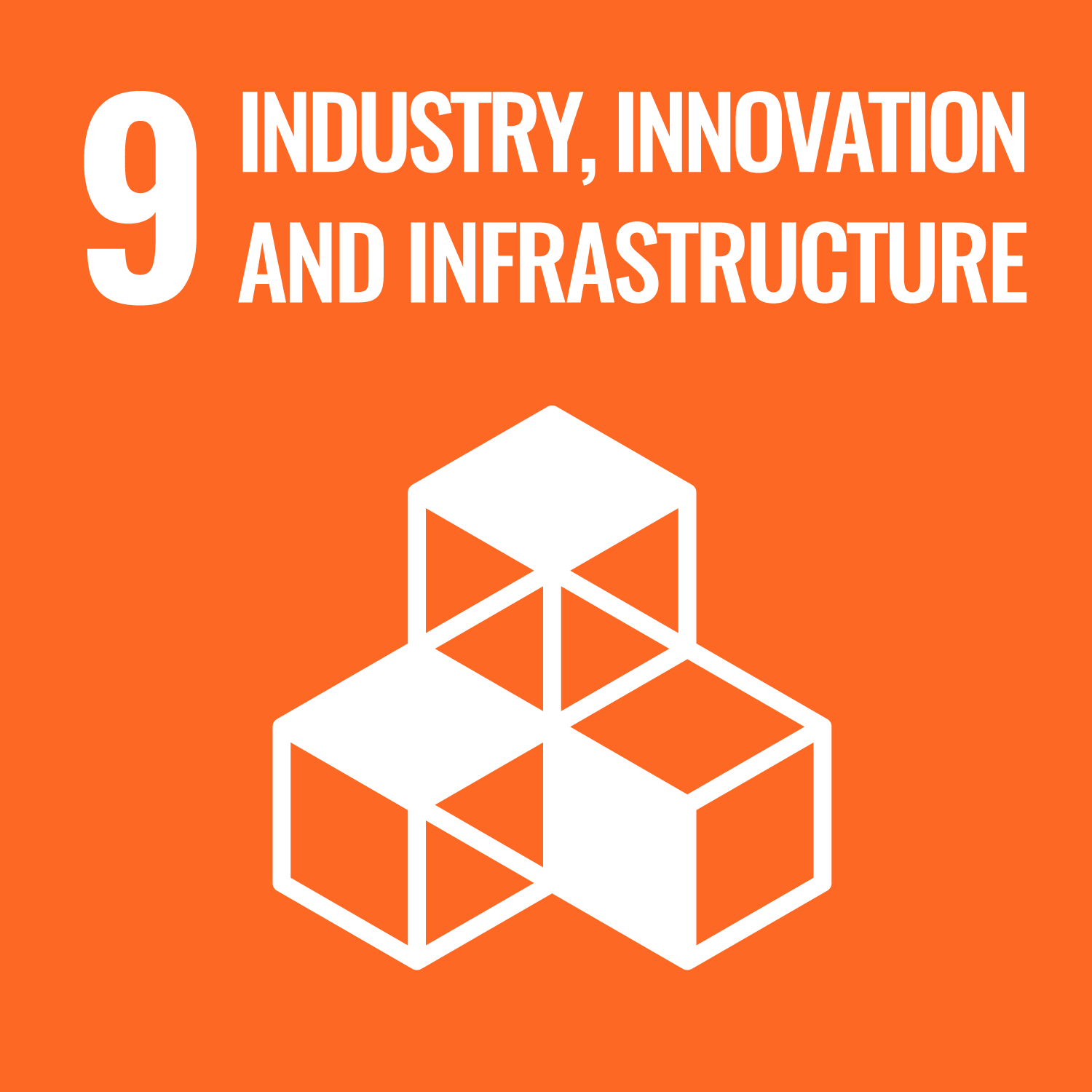In this course, you will learn the basic knowledge needed to design small-sized robots.
In the small world, forces that depend on surface area become strong, while forces that depend on volume become weak. This is why ants can walk on walls and ceilings easily. This effect is called the scaling effect.
To build useful functions in the small world, normal design methods are not enough. This is because the scaling effect changes the way forces work, and normal manufacturing methods cannot be used.
You will learn how to understand and use the scaling effect to design effective systems for small robots. You will also study basic manufacturing processes that are used to make small machines, such as lithography, thin film deposition, and etching. These processes are used to create MEMS (Micro Electro Mechanical Systems) devices.
In addition, you will learn how to install mechanical and electronic systems into small robots. You will also practice programming modern embedded MPUs (Micro Processing Units) and learn basic development methods.
In the small world, forces that depend on surface area become strong, while forces that depend on volume become weak. This is why ants can walk on walls and ceilings easily. This effect is called the scaling effect.
To build useful functions in the small world, normal design methods are not enough. This is because the scaling effect changes the way forces work, and normal manufacturing methods cannot be used.
You will learn how to understand and use the scaling effect to design effective systems for small robots. You will also study basic manufacturing processes that are used to make small machines, such as lithography, thin film deposition, and etching. These processes are used to create MEMS (Micro Electro Mechanical Systems) devices.
In addition, you will learn how to install mechanical and electronic systems into small robots. You will also practice programming modern embedded MPUs (Micro Processing Units) and learn basic development methods.
- Understand the scaling effect, and explain what kinds of forces become important in the small world.
- Understand and explain the basic processes for making MEMS devices, such as lithography, film deposition, and etching.
- Understand and explain the methods for installing mechanical and electronic systems, and also the basic development methods for programming embedded MPUs.
* Mechanical and electronic system implementation:
Basic 3D CAD/CAM integration, CNC fundamentals, 3D printing basics.
Basics of electronic circuit simulation, PCB design (component library management, auto-routing).
Embedded MPU programming methods, interrupt handling, and inter-system communication.
* System design:
Model-based design, UML, algorithm representation.
Documentation and system design techniques.
* Introduction to microsystems:
Applications of microtechnology and its use in electronic devices.
Examples of sensors using microtechnology.
Microstructure elements (spring-mass systems, cantilevers, electrostatic actuators, leaf springs, bending springs, resonance phenomena).
Actuation principles (piezoelectric effect, Lorentz force, capillary effect, etc.).
* Microfabrication technology:
Photolithography (cleaning, surface treatment, spin coating, exposure, development).
Thin film deposition (sputtering, evaporation, CVD).
Etching techniques (dry/wet, isotropic/anisotropic).
Nano-scale processing (electron beam lithography, electron beam machining, fast atom beam processing).
* Vacuum systems:
Exhaust systems with vacuum pumps.
Pressure sensors (IG, B-A, and Pirani gauges).
Sealing, leak checking, and flow meters.
* Applied technologies:
Surface treatment, self-assembled monolayers (SAMs).
Applications in automotive, home appliances, IT, communication, manufacturing, inspection, medical, and bio fields.
* ROS and computer networks:
Basics of networking (OSI model, TCP/IP, client-server).
Basic Unix commands, shell, and processes.
ROS basics (communication, package and QoS management).
Robot simulation environments (visualization and physics engines).
* Capsule-based project exercises:
Embed electrical/electronic systems into capsule toys.
Create original PCB: from simulation and auto-routing to fabrication using photoresist boards.
Practice programming embedded MPUs.
Basic 3D CAD/CAM integration, CNC fundamentals, 3D printing basics.
Basics of electronic circuit simulation, PCB design (component library management, auto-routing).
Embedded MPU programming methods, interrupt handling, and inter-system communication.
* System design:
Model-based design, UML, algorithm representation.
Documentation and system design techniques.
* Introduction to microsystems:
Applications of microtechnology and its use in electronic devices.
Examples of sensors using microtechnology.
Microstructure elements (spring-mass systems, cantilevers, electrostatic actuators, leaf springs, bending springs, resonance phenomena).
Actuation principles (piezoelectric effect, Lorentz force, capillary effect, etc.).
* Microfabrication technology:
Photolithography (cleaning, surface treatment, spin coating, exposure, development).
Thin film deposition (sputtering, evaporation, CVD).
Etching techniques (dry/wet, isotropic/anisotropic).
Nano-scale processing (electron beam lithography, electron beam machining, fast atom beam processing).
* Vacuum systems:
Exhaust systems with vacuum pumps.
Pressure sensors (IG, B-A, and Pirani gauges).
Sealing, leak checking, and flow meters.
* Applied technologies:
Surface treatment, self-assembled monolayers (SAMs).
Applications in automotive, home appliances, IT, communication, manufacturing, inspection, medical, and bio fields.
* ROS and computer networks:
Basics of networking (OSI model, TCP/IP, client-server).
Basic Unix commands, shell, and processes.
ROS basics (communication, package and QoS management).
Robot simulation environments (visualization and physics engines).
* Capsule-based project exercises:
Embed electrical/electronic systems into capsule toys.
Create original PCB: from simulation and auto-routing to fabrication using photoresist boards.
Practice programming embedded MPUs.
# The final grade will be based on:
50%: Assignment reports
50%: Capsule robot project (documentation, presentation, and working device)
A score of 60 points or higher is required to pass.
# A 60-point level means that the student:
* Can explain the basic knowledge needed to design small-sized robots
* Understands the basic methods for developing small robots
* Can carry out basic development tasks by themselves
50%: Assignment reports
50%: Capsule robot project (documentation, presentation, and working device)
A score of 60 points or higher is required to pass.
# A 60-point level means that the student:
* Can explain the basic knowledge needed to design small-sized robots
* Understands the basic methods for developing small robots
* Can carry out basic development tasks by themselves
| ways of feedback | specific contents about "Other" |
|---|---|
| Feedback in the class |
* Textbook:
Introduction to MEMS Devices – Using, Understanding, and Creating Micro Machines and Sensors
by Yoshirou Mita, Nikkan Kogyo Shimbun Publishing
* Reference Book:
First Steps in MEMS
by Masaki Esashi, Morikita Publishing
Introduction to MEMS Devices – Using, Understanding, and Creating Micro Machines and Sensors
by Yoshirou Mita, Nikkan Kogyo Shimbun Publishing
* Reference Book:
First Steps in MEMS
by Masaki Esashi, Morikita Publishing
* Review physics and strength of materials thoroughly.
* Study embedded MPUs such as Arduino and Raspberry Pi.
* Use PC labs to learn basic operations in a Unix environment.
* Study embedded MPUs such as Arduino and Raspberry Pi.
* Use PC labs to learn basic operations in a Unix environment.
- Questions are accepted on Thursdays from 12:40 to 13:00 at Nagasawa's Lab.
It is recommended to make an appointment in advance by email or during class. - Online office hours are also available on Thursdays from 12:40 to 13:00 via Zoom.
Please check the Zoom ID on ScombZ.
- Course that cultivates an ability for utilizing knowledge
- Course that cultivates a basic problem-solving skills
| Work experience | Work experience and relevance to the course content if applicable |
|---|---|
| N/A | 該当しない |



- 4.QUALITY EDUCATION
- 9.INDUSTRY, INNOVATION AND INFRASTRUCTURE
- 12.RESPONSIBLE CONSUMPTION & PRODUCTION
Last modified : Sat Aug 02 04:04:18 JST 2025
